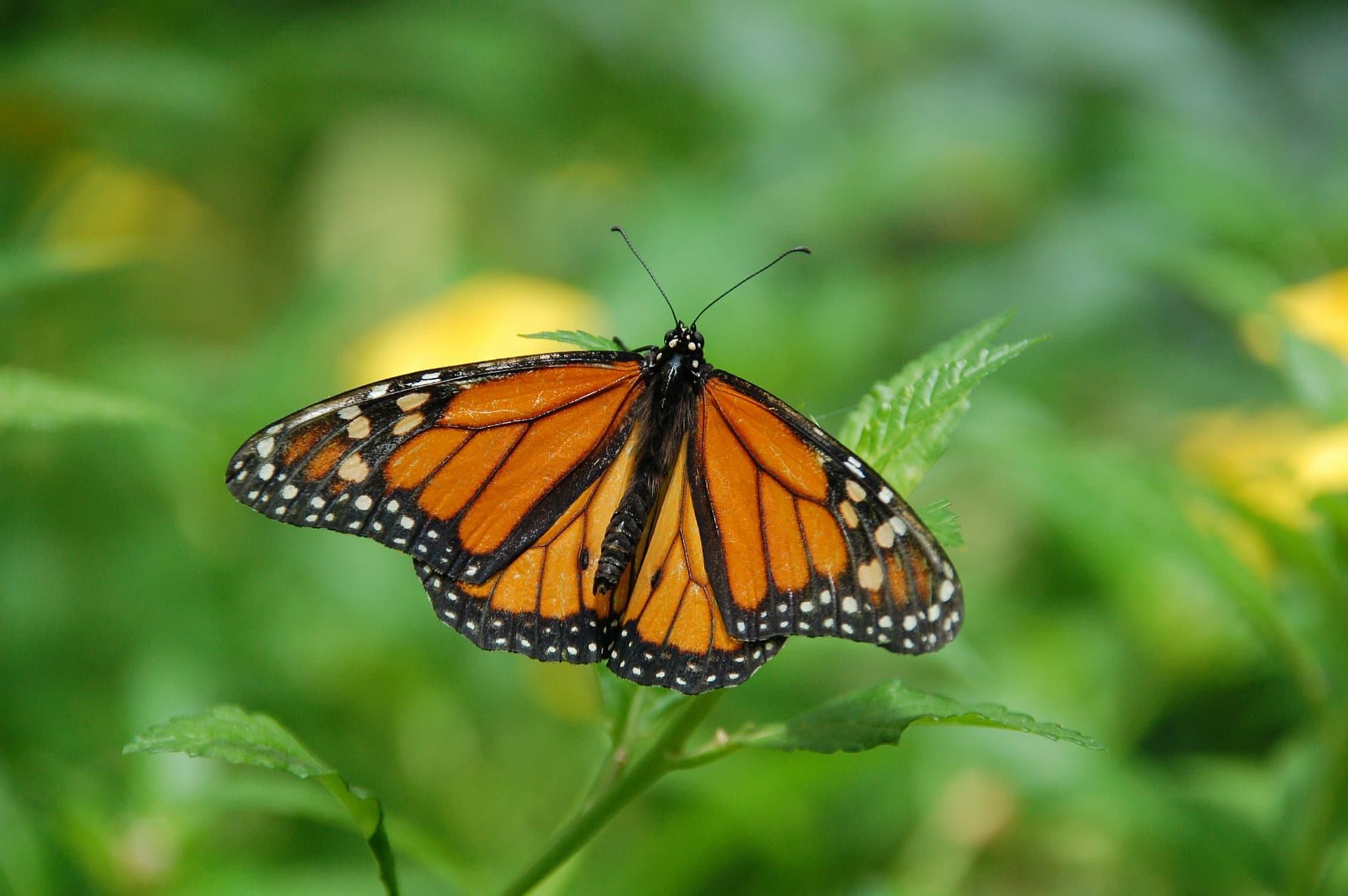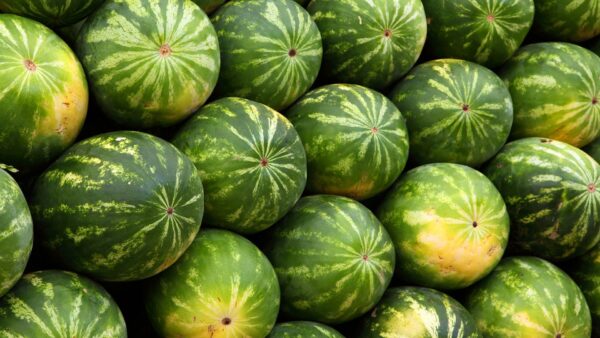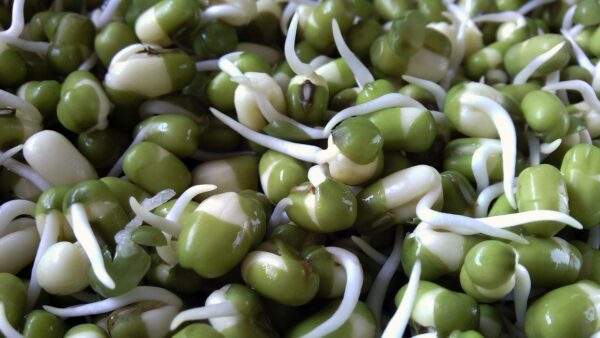A long-term study offers new insights on how monarch butterflies are doing as they journey through the state, based on research by Iowa State University and the Iowa Department of Natural Resources.
Monarch butterflies weigh only ounces yet can travel more than 100 miles a day in their migration from central America to Canada. The research provides evidence that reduced butterfly populations on the breeding grounds here in Iowa is one reason for the species’ overall decline, as well as habitat loss on overwintering grounds in Mexico. The results are based on data collected from 2006-2017 at more than 400 sites across Iowa.
The study also raises concerns that some assessments of monarch numbers overestimate the species’ abundance, according to Iowa State University Professor Stephen J. Dinsmore, interim chair of the departments of natural resource ecology and management and entomology, and a leader for the research.
The data was collected as part of Iowa’s unique Multiple Species Inventory and Monitoring, or MSIM, program. The MSIM program uses a variety of survey methods, at different scales and time periods, to track more than 1,000 species identified within the Iowa Wildlife Action Plan. In addition to monarchs, the survey tracks Iowa birds and insects, mammals, plants, reptiles and amphibians, fish and other aquatic species. A total of 2,328 visits were made to 420 sites over 12 years. The lowest number of monarchs was recorded in 2013, with the highest numbers recorded in 2010 at randomly selected locations and in 2012 for non-random sites.
The findings are reported in the paper, “Design Implications for Surveys to Monitor Monarch Butterfly Population Trends,” co-authored by Dinsmore and Karen E. Kinkead, Iowa Department of Natural Resources Wildlife Diversity Program coordinator. Other research team members include Kevin T. Murphy and Rachel A. Vanausdall, with Iowa State, and Tyler M. Harms and Paul W. Frese, Iowa DNR.
Among the results, the researchers found monarch densities significantly increased from south to north in Iowa throughout the breeding season, which researchers speculate is related to hotter weather in southern Iowa causing monarchs to move north as the summer progresses.
Confirming the results of other studies, the amount of milkweed growing in Iowa was positively correlated with monarch density.
“This adds to the growing evidence that restoring milkweed on monarch breeding grounds as part of a diverse mix of nectaring flowers should indeed be a priority for conserving monarch populations in North America,” says Dinsmore, part of the Iowa Monarch Conservation Consortium led by Iowa State, the Iowa DNR and the Iowa Department of Agriculture and Land Stewardship.
Another important conclusion focuses on research methods used to assess population estimates for monarchs or other species.
The MSIM’s large, observation-based data set allowed the researchers to compare the numbers of adult monarchs counted on sites chosen randomly with the numbers of butterflies counted at locations selected by public land managers. Monarch numbers at the random sites were significantly lower.
“This research corroborates that there can be inherent bias in studies that don’t use a random sampling design,” says Dinsmore.
“To say it more simply: You find more butterflies if you monitor at the type of places people choose on their own — think of parks with pollinator gardens,” he says. “It may not be surprising, but it’s critical to know. It confirms concerns that the approach used for some population assessments likely inflates estimates of monarch populations. And if population models are based on such inflated estimates, they will not adequately reflect the real world.”
“These findings can help us improve the data being gathered to guide our conservation management decisions,” says Kinkead.
The findings also suggest the value of providing scientifically based sampling protocols for volunteers.
“Some citizen science efforts such as the Monarch Larva Monitoring Project offer large data sets and provide useful information, but allow nonrandom site selection that limits inferences,” says Kinkead. “While not every volunteer will be willing to be directed to a specified location, many volunteers are willing to monitor suggested sites. For example, the Monarch Joint Venture’s new Integrated Monarch Monitoring Program works with volunteers to gather data from pre-selected areas.”












